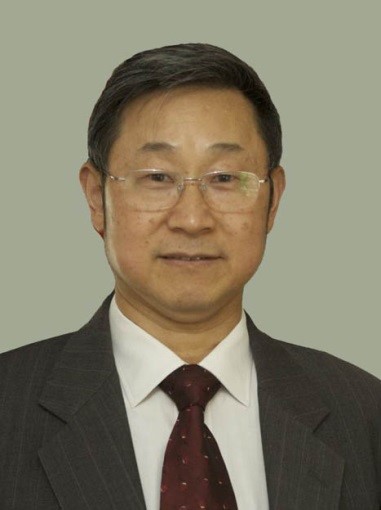
Dr. Youshi Hong has revealed several material-mechanics related mechanisms of mechanical behavior of materials since 1980s, including crack initiation and fatigue life prediction for very-high-cycle fatigue (VHCF), collective damage evolution of short fatigue cracks, plastic deformation of nano-structured materials, and carbon content effect on stress corrosion cracking (SCC). These revelations not only have contributed to the developments of the theories in mechanical behavior of materials but also have been successfully applied to solve the high strength-ductility problems regarding the steel wire used in suspension bridge cables and the wheel axis of high-speed trains. Based on these achievements, he was invited and became Editor-in-Chief for the international journal of Fatigue & Fracture of Engineering Materials & Structures since 2012.
Dr. Hong first proposed the new academic view point of the Existence of Intrinsic Characteristic Dimension for crack initiation of VHCF for high-strength metallic materials. This dimension is just tens of microns but consumes more than 95% of total fatigue life. He then proposed a new model of Numerous Cyclic Pressing (NCP) to explain the nature of crack initiation for VHCF, which was verified by various experimental observations. Based on this, he was invited to present the opening plenary lecture at the 21st European Conference on Fracture (ECF21).
Dr. Hong also first proposed the new academic concept of Collective Damage and Collective Evolution of short fatigue cracks. The beginning of fatigue damage process that takes a predominant part of fatigue life depends on a number of short cracks rather than a single crack. He then built a new analytical model of crack density evolution to describe the effects of grain size on fatigue crack evolution thus to predict the fatigue life.
Dr. Hong and his coauthors revealed the prevalence of stacking faults and twins in the nano-structured materials experienced severe plastic deformation processing, which upgraded the related ability of stain hardening and plastic deformation. Dr. Hong and his co-authors also gave the new insight into the correlation between carbon content and hydrogen concentration of SCC, which led to the prediction of SCC life of structural steels.
Dr. Hong received a second grade award of Natural Science of China (2003, third recipient); a first grade award of Natural Science of Chinese Academy of Sciences (CAS) (1996, second recipient); a National Outstanding Youth Scientific Fund of China (1995) and an Outstanding Mid-and-young Scientist Award of CAS (1998). As a professor in the Institute of Mechanics, CAS, he has directed 24 PhD and 14 Master students. He has published over 150 journal papers and been granted 13 patents.